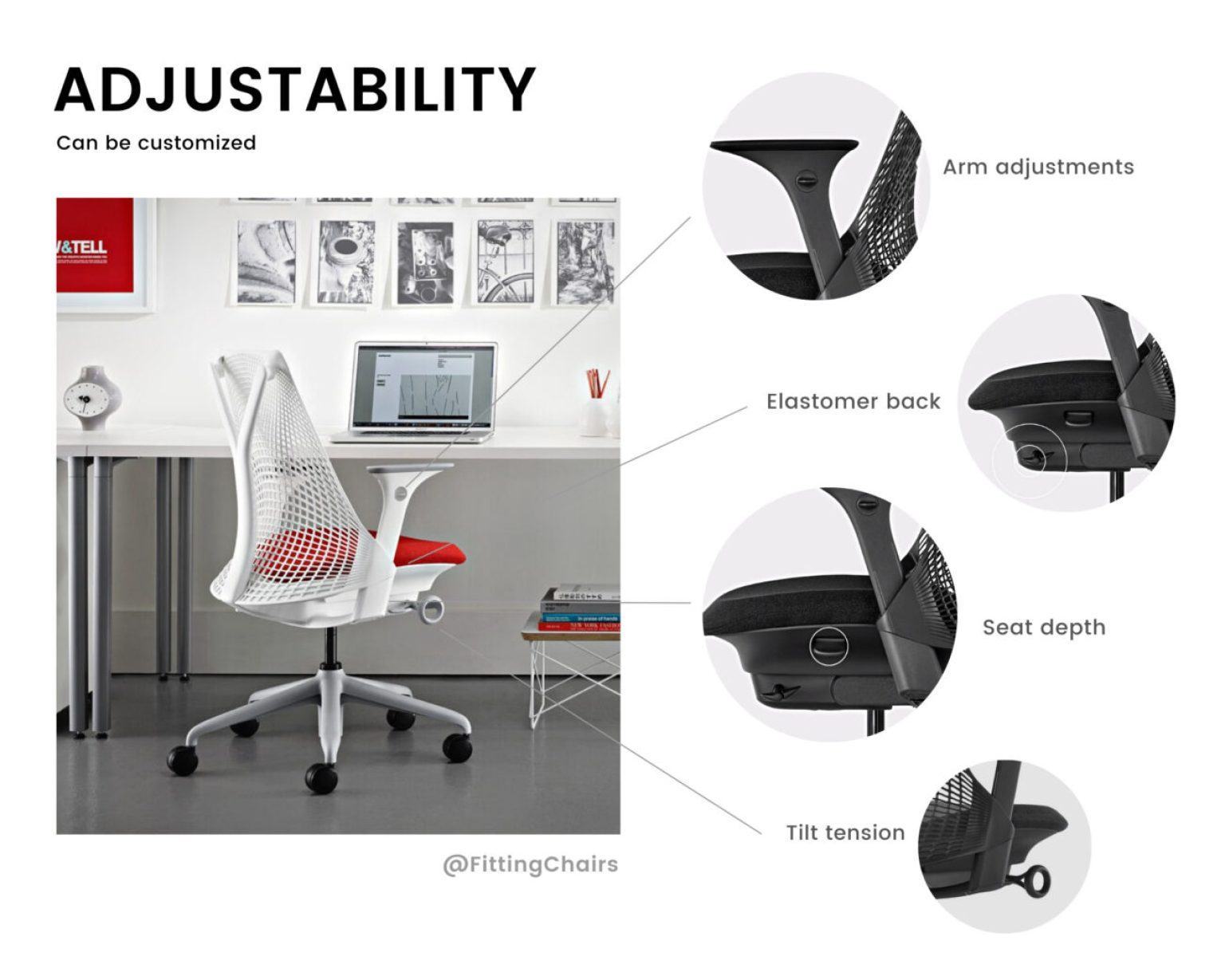Price, Value, and Alternatives: Sayl Chair By Herman Miller Review

The Herman Miller Sayl chair occupies a specific niche in the office chair market: a balance between ergonomic features and a relatively accessible price point. However, “accessible” is relative, and understanding the Sayl’s value proposition requires a careful consideration of its cost compared to its features, build quality, and the competition. This discussion will delve into the Sayl’s pricing, explore its value for various user groups, and compare it to alternative options.
Sayl Chair Pricing and Value Proposition, Sayl chair by herman miller review
The Sayl’s price generally sits in the mid-range of ergonomic office chairs. While significantly less expensive than high-end models from Herman Miller or other premium brands boasting advanced features like full-body adjustments and advanced lumbar support systems, it’s also more expensive than many basic mesh chairs. The value proposition lies in its blend of features – its unique suspension system, adjustable lumbar support, and breathable mesh back – offering a comfortable and supportive seating experience without the exorbitant cost of top-tier models. The chair’s build quality, reflecting Herman Miller’s reputation for durability, further justifies the price for users seeking a long-lasting, comfortable, and ergonomically sound seating solution. However, the initial investment can be significant for budget-conscious buyers.
Alternative Office Chairs
The following chairs offer comparable features and price points to the Sayl, presenting viable alternatives depending on individual needs and preferences. Each has its strengths and weaknesses when compared directly to the Sayl.
- Steelcase Leap: The Steelcase Leap is often cited as a direct competitor. It typically falls within a similar price range to the Sayl and boasts excellent adjustability, making it suitable for a wide range of body types and sitting styles. However, it’s generally heavier and less breathable than the Sayl. Its strength lies in its highly customizable features, while its weakness is its less airy design and higher weight.
- Humanscale Freedom: The Humanscale Freedom chair emphasizes self-adjusting technology, eliminating the need for manual adjustments. This simplifies the user experience, but the lack of precise control over certain aspects of support might be a drawback for users requiring very specific adjustments. Its strength is its ease of use and automatic adjustments, while its weakness is the reduced level of customization compared to the Sayl or Leap.
- Haworth Fern: The Haworth Fern is known for its sleek design and affordability. While it provides good ergonomic support, its adjustability is often considered less comprehensive than the Sayl’s. Its strength lies in its attractive design and lower price point, while its weakness is its less extensive range of adjustments.
Sayl Chair Value Proposition for Different User Groups
The Sayl chair’s value proposition shifts slightly depending on the user’s context and needs.
For home office users, the Sayl offers a significant upgrade from standard desk chairs, providing superior comfort and ergonomic support for extended periods of work. The investment is justifiable if working from home is a long-term arrangement. The cost is a consideration, but the long-term benefits of comfort and reduced risk of back pain outweigh the expense for many.
For professionals working in office environments, the Sayl represents a good balance between ergonomics and cost. It offers a noticeable improvement over basic office chairs often provided by companies, potentially enhancing productivity and employee well-being. The return on investment, in terms of increased comfort and reduced health issues, is potentially significant for employers.
For budget-conscious users, the Sayl might represent a considerable investment. However, when compared to the potential long-term costs associated with neglecting ergonomic considerations (e.g., medical bills for back problems), the Sayl’s price might be viewed as a cost-effective solution. Exploring financing options or prioritizing the chair as a long-term investment might be beneficial.
